As I soak up the sights and sounds of Las Vegas this week here at DevLearn, I’m grateful for a few opportunities for some conversations around curation. Later this morning I’ll host a Morning Buzz on Curation in the workplace and tomorrow Bianca Baumann and I are leading a “Wired, Not Tired: Is Curation the Cure for What Ails L&D?“ at 10:45 am tomorrow.
[UPDATE: Jump to the bottom of this post to see our curation slidedeck]
We also did some curation work in “Marketing Strategies from the L&D Playbook” pre-conference workshop yesterday. In the process of getting ready for all of these, I’ve created this curation worksheet that I hope could be helpful for you if you’re looking to get started.
If you think about it, isn’t a lot of the work L&D already does really just a form of curation? The process of creating a course is virtually the same as the curation process. You start by identifying your goals and doing some analysis of your audience. You identify topics and that leads you to a collection of resources from which you cull the best information to present in the proper context.
“Curation is using your expertise in a field to gather great content around a specific theme and present that content in a way that will educate others.” Stephanie Hatch Leishman
Why Should You Curate
There are several reasons you should consider adding curation to your skillset. First, the pace of change today is faster than ever and the lifespan of skills and information is getting shorter and shorter. The average shelf life of a business competency has dropped from 30 years in 1984 to 5 years in 2014. To be successful we must learn more things and do it faster.
“In a world of rapid change and increasing complexity, the winners will be those whose rate of learning is greater than the rate of change and greater than the rate of their competition.” – Tom Hood
Here is a brief comparison between courses and curation.
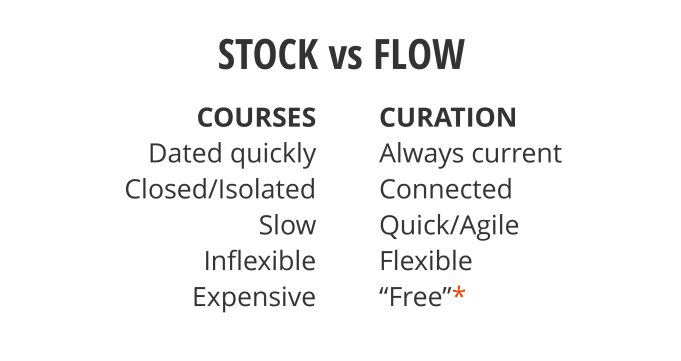
As if that isn’t reason enough, Jane Hart has shared some information that tells us the people we serve value the things curation can do much more than traditional courses and workshops.
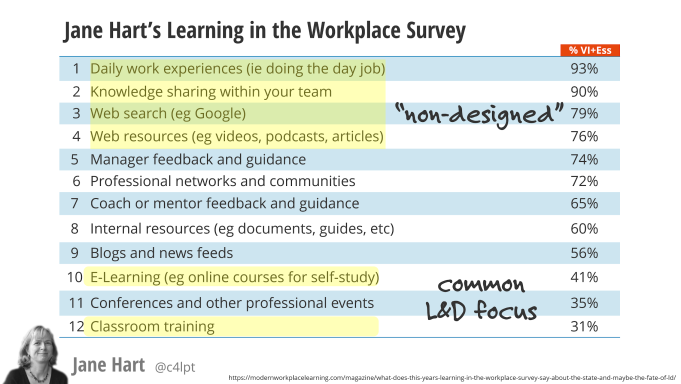
Scaling Organizational Learning
I’m a strong believer that curation can help organizations increase the amount and speed of learning that takes place. Which in turn makes the organization smarter and more agile. We should be teaching people how to be curators as part of their Personal Knowledge Mastery process.

Getting Started with Curation
Here are a few things to help you with your curation efforts.
If you can answer these three questions from the perspective of the people you are curating for you will be heading in the right direction:
- What are their goals and pain points?
- What information do they want?
- What awareness do they need?
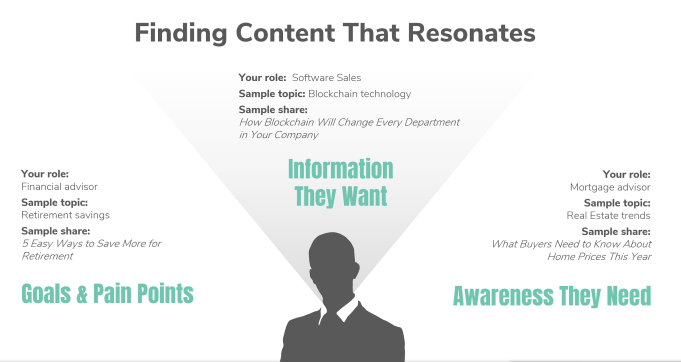
Most people are familiar with the feeling of drinking from the fire hose when consuming content online. Great curators are ruthlessly efficient in the way they take in information The key is setting up a process that maximizes the signal and reduces the noise. For me, Feedly is the foundational piece of the puzzle.
Here is a brief overview of how my curation process works.
Here are a few tips for getting started with each step of the process:
I’d love to hear from you if you have any questions or comments. And I’d love to hear what your process is too! If you’re at DevLearn, please swing by and say hi!


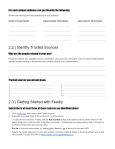
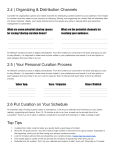
3 thoughts on “Wired Not Tired: Is Curation the Cure for What Ails You?”